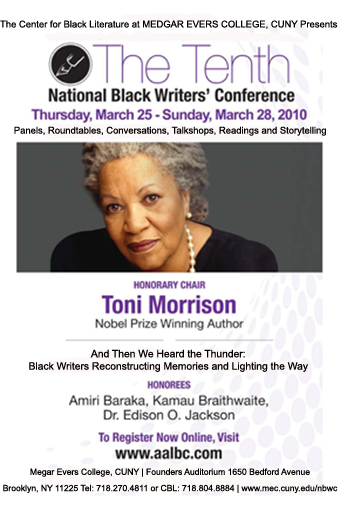REVIEWING
Searching for Tina Turner
by Jacqueline E. Luckett
299 pages | Grand Central Publishing | $24.99
Reviewed by Jill Noel Shreve
How much of yourself will you give away? And when you realize there’s none of you left, what will you do to get yourself back? In her first novel, Searching for Tina Turner, Jacqueline E. Luckett asks her reader these two questions through the life of protagonist Lena Harrison Spencer.
Set in Oakland, California, Luckett paints a vivid picture of Lena Spencer’s world. Dazzling jewels, 600-thread count sheets, decadent foods, luscious vacations, fast cars, two beautiful children, and a hot husband—Lena’s got it all. But the novel opens with Lena huddled under her designer sheets and comforter, liquor close by. And the reader soon finds out that she hasn’t budged from bed in days.
The story unfolds and we learn that Lena is a photographer, but because of her husband Randall’s persistent requests, she surrenders her artistic passion and assumes the life of a supportive, encouraging trophy wife, staying by Randall’s side at all times, and tending to his every whim. Randall agrees that in a few years he will return the favor to Lena, supporting her and her dream of professional photography.
But the years have since passed and Randall has forgetten, and once more Lena asks for what she wants. In those moments, Randall, the successful, corporate power monger, hushes Lena’s resumed requests to pursue her dream. He woos her with gaudy and authentic jewelry. He points to their extravagant home and the posh luxury she lives in, and he desperately tries luring Lena into shelving her dreams a little longer. Randall keeps coming back to the need for a little more time to climb the next rung on the corporate ladder, telling her it takes work and time to achieve success, especially being a black man in a white man’s world.
Lena obliges. For twenty-seven years she gives of her time, her love, and her body. She cares for Randall and for their children, Camille and Kendrick. She cooks lavish meals. She entertains haughty guests. And slowly, day after day, she loses herself and slips into a dark depression. Eventually, Randall gets annoyed with her. He gives her an ultimatum, telling her to get a better attitude, appreciate what he’s done for her and the family, or get out. And then, Lena does a brave thing.
At fifty-four-years-old, she stands up to Randall and leaves, and in that moment, no one understands her. Randall writes off Lena as a selfish woman. Their two children hate Lena, believing she should just stop complaining and the reader finds Lena sitting in the dust of this calamity feeling misunderstood and alone. Lena ducks out of the family, clutching Tina Turner’s autobiography I, Tina, and clinging to the need for change. With Lena leaving Randall early on in the novel, there’s much room for Lena’s mission—a mission to find joy, a mission to find Tina, a mission ultimately to find herself. Does she encounter these things? Does she rediscover herself? You’ll have to dive into Luckett’s novel to find out.
When you’re reading Searching for Tina Turner, you’ll see Luckett tackles a myriad of issues—knowing and finding yourself, the relationship between race and corporate America, the differing socio-economic statuses of families, parenting in the midst of divorce, fear of starting over during the season of mid-life, the definition of love and how people function inside that definition. But the issue Luckett hones in on and illustrates best is enmeshed relationships.
Using Lena and Randall’s marriage, Luckett gives the reader an explicit example of enmeshment. At the beginning of the novel, the couple reaches the point where neither can emotionally function without the other. They remain tied to each other, reeking negative influences on the other, even when they’re apart. When Randall makes business trips, Lena winds up in bed, unable to perform daily duties without him and Randall can’t remain emotionally stable when Lena doesn’t grovel at his feet, almost worshiping him the way she did when they first married. Luckett reveals the lack of health in an enmeshed relationship and she also communicates the risks that arise when one person decides to pull out of that relationship, in search of autonomy.
Luckett geared this novel toward an older generation, but as a twenty-six year-old woman, I enjoyed reading this book, too. Using back story and dialogue as her tools, Luckett sculpts loveable, complex, and beautiful characters. She creates clear, evocative scenes, transporting the reader to Lena’s world. Because of her tenacious writing ability, Luckett transcends age differences and makes this novel easily accessible to any generation. So grab a copy this January, walk alongside Lena Spencer in her fear and renewal, and together, you and Lena can go Searching for Tina Turner.


